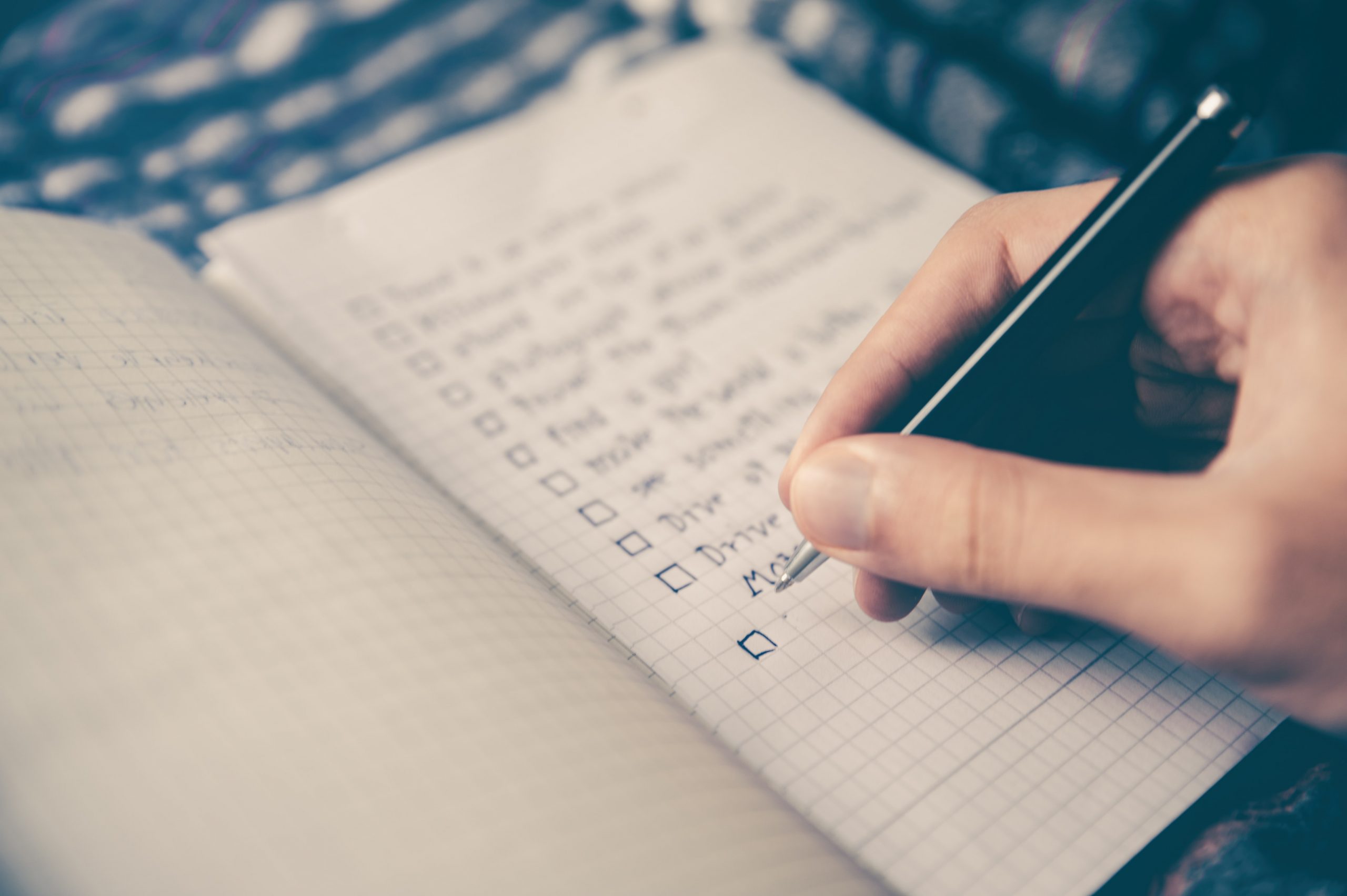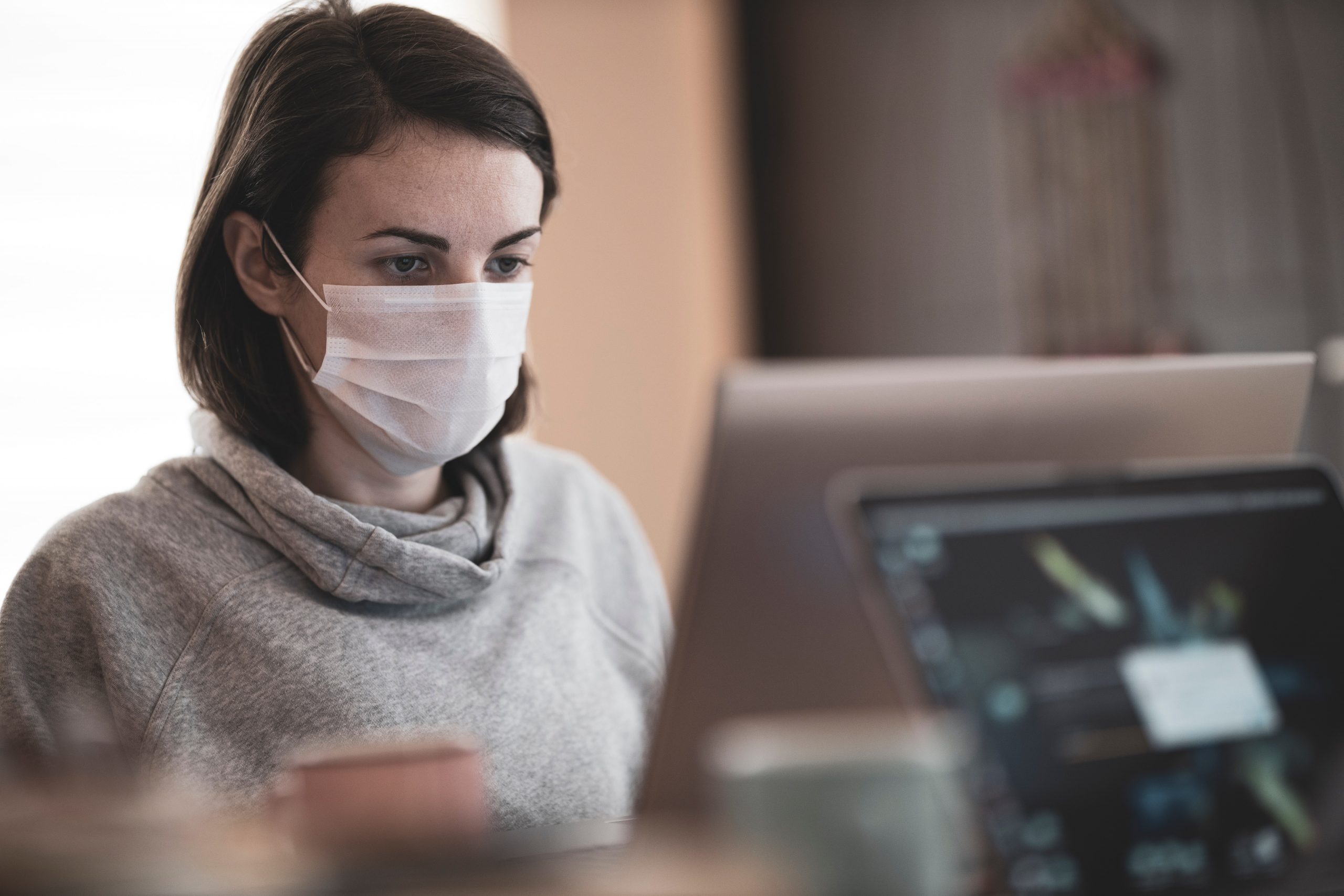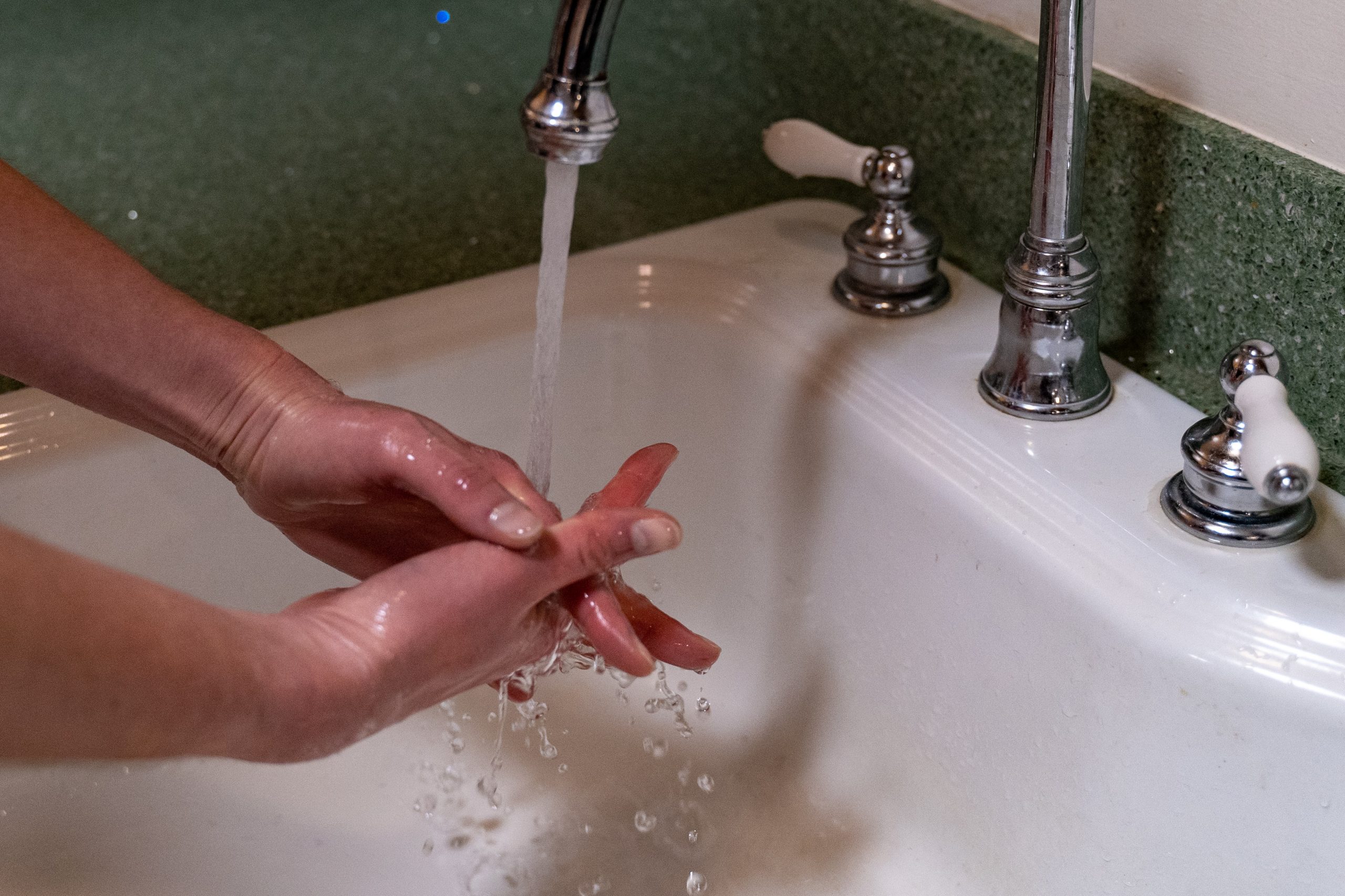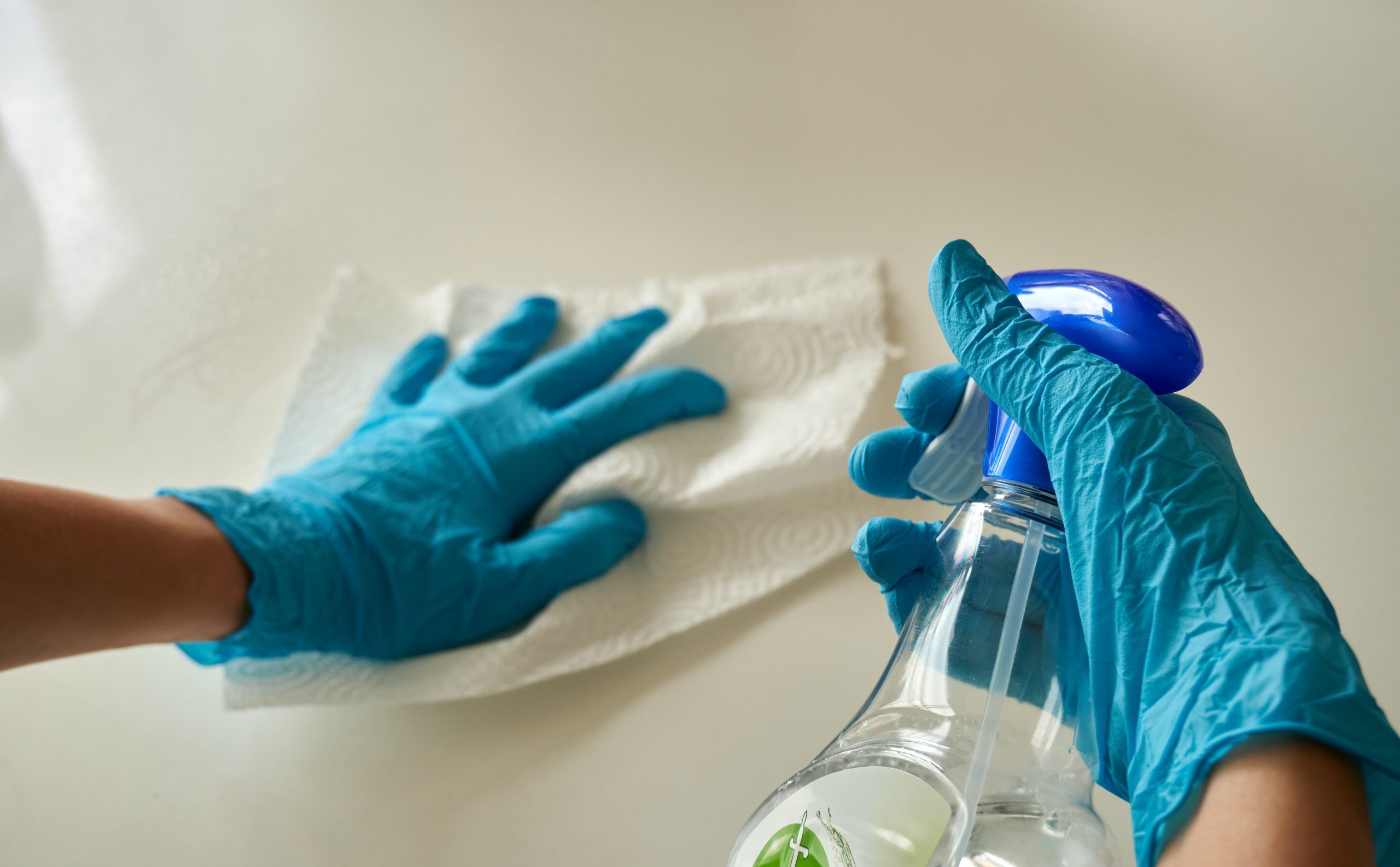You may have read and heard some of the information here, but more exact suggestions help most when you need to follow them. The risk of contracting COVID-19 is minimally higher for people with Type 1 or Type 2 diabetes. More importantly, having diabetes places people at substantially higher risks for the severity of the illness and having worse outcomes when infected. Poorly managed diabetes creates a state of chronic inflammation that impedes immune responses. Well-managed glucose levels reduce this risk for catching COVID and for a healthier outcome if this happens. See Pumping Insulin, 6th Edition, and Using Insulin for thorough information on how to manage glucose levels using a pump or injections.
Higher glucose levels damage organs and blood vessels. Underlying conditions like obesity, high blood pressure, and cardiovascular disease significantly worsen outcomes with Covid-19. Age is the only unmodifiable risk.
To minimize vulnerability and improve understanding, we provide a series of informational newsletters for what to know to counter more significant risk. Newsletters will cover:
- What Is COVID-19 in More Detail
- Why COVID-19 Presents A Special Threat To Someone With Diabetes
- Ways To Maximize TeleHealth Visits
- How To Manage Your Diabetes If You Get COVID-19
- Status of Medications That May Help Treat COVID-19 and Vaccines For Prevention.
Prevention and Readiness for COVID-19
If you have diabetes, here are ways to prevent COVID-19 and to get ready to manage and recover from it:
- Visit the Diabetes Disaster Response Coalition for numerous COVID-19 resources, and get a copy of their Preparedness Plan.
- The British Medical Journal provides excellent general information and a helpful outline for evaluation, self-isolation, and stopping the spread of the virus. Things like turning off the air-conditioner and opening the windows when possible this summer can help. (Yes, that is more comfortable to do in England!)
- The American Assoc. of Diabetes Educators has a great resource list of specials that drug and medical supply companies offer during the pandemic.
- Daily insulin doses rapidly need to increase if you get COVID-19. As glucose levels rise, do not run out of insulin. Ask your physician to write a one-time prescription for a 30-day supply of each insulin you use.
- Karena Yan on DiaTribe covers having sufficient medical supplies, including the substantial changes that insurance companies are making to reduce the frequency of pharmacy visits.
- Get a Pneumovax vaccine now, if not already done, to lower the risk of bacterial pneumonia. Read our comments below for why you want to get a seasonal flu vaccine early this fall.
- Ketoacidosis is common with COVID-19 for people with Type 2 diabetes, as well as Type 1. A ketone meter level above 0.6 mmol/L suggests that more insulin may be needed, while levels above 1.5 mmol/L suggest ketoacidosis. Ketostix for urine testing is a good alternative, with moderate or high levels suggesting ketoacidosis. Call your physician immediately if ketoacidosis is a possibility. See Detection and Symptoms of Ketoacidosis for more information.
- Have a thermometer to measure for fever above 99.5° F.
- Consider having access to a pulse oximeter to measure oxygen levels. Call your physician if you have a reading of 92% or lower with difficult or rapid breathing. DON’T WAIT! Breathing can deteriorate very rapidly with COVID-19. It is not uncommon for a person to have dangerously low oxygen levels and not realize it. Referred to as silent hypoxia, someone can become hypoxic and be unaware of it due to decreased brain function.
Get a Flu Vaccine for Less Confusion this Fall
Avoid getting the seasonal flu this fall. Avoidance lessens your risk for hospitalization and of acquiring COVID-19 or bacterial infections while being hospitalized. Researchers in Northern Spain found that people who took the seasonal flu vaccine in 2019 reduced their chance of getting the flu by 57%. Even those who only took the vaccine the previous year reduced their risk of acquiring the flu by 48%. This early research also suggests there may be a small 12% reduction against getting COVID-19 in those who got a flu vaccine.
Other researchers found that getting a seasonal flu vaccine given in the same year reduces the chance of being hospitalized by 46%, and by 44% when given in a prior year. This reduction indicates a carryover effect for a reduction in hospital admission with flu vaccines. Be sure to get a seasonal flu vaccine early in the fall to reduce the need for hospitalization substantially and to reduce the workload of health care workers who will be extra busy with COVID-19 during the fall and winter. Diabetes, excess weight, and cardiovascular disease increase the general risk of hospitalization, while a seasonal flu vaccine reduces these risks by about half.
Excess Weight Increases Risk
Excess weight is especially problematic as an increased risk. A recent study found that the risk of hospitalization increases by 40% for each 5 point increase in BMI, a measure of excess weight and obesity. This is a risk comparable to adults with cardiovascular disease or diabetes. Compared with normal-weight adults, an Australian study found that those with a BMI between 30 and 40 kg/m² are 1.57 times more likely to be hospitalized. In comparison, people with a BMI between 40 and 50 kg/m² are 4.81 or almost five times more likely to require hospitalization. The risk of acquiring influenza is also higher, 1.27 times greater with a BMI between 30 and 40 kg/m², and 1.69 times greater with a BMI over 40 kg/m². Use the NIH BMI Calculator to evaluate risk.
Ways to Reduce Your Risk of Getting COVID-19
Stay at home unless going out is safe, necessary, or for exercise. When you do go out:
- Stay at least 6 feet away from others.
- Avoid touching your eyes, nose, and mouth.
- Cover your cough or sneeze with a tissue, then throw the tissue in the trash.
- Get a surgical, KN-95, or N-95 mask to cover your nose and mouth in public when supplies become available. These keep you from spreading the virus but also prevent you from getting it. Use a construction or hand-made mask until then.
- Wash your hands often and thoroughly for at least 20 seconds with soap and warm water.
- If soap and water are not readily available, carry an alcohol-based hand sanitizer with you. Then wash your hands once you get to a restroom or home.
- Clean and disinfect objects and surfaces frequently touched by others, such as door handles, countertops, phones, toilet flush handles, etc.
Social Distancing, Wearing Masks, and Handwashing Stops COVID-19 in its Tracks
During the pandemic, remain socially responsible. Don’t go out in public if you have symptoms. Anytime you are with others, maintain social distancing, and wear a mask to reduce getting or spreading the deadly Coronavirus significantly. Wash your hands often.
Remember, at least one-third of people, including you, can be contagious with absolutely no symptoms. COVID-19 is devious with its ability to spread from those who have no symptoms. The virus is expelled in respiratory droplets whenever a person sneezes, coughs, speaks, or breathes. Yes, even when you or they breathe!
Viral Load and Airborne Droplet Size Determine Your Risk
In an April 29 New York Times article, scientists reported that they could measure the airborne transmission of Corona RNA in a fog for up to 2 hours in and around a hospital in Wuhan, China. In another article, researchers found that a single infected customer passed the virus to other customers, including one who sat 15 feet away, in a restaurant in China that had poor circulation.
An MIT study still in review shows that a sneeze can spread airborne particles up to 26 feet. Although coughing or sneezing can expel up to 35 times more virus into the air, the smaller quantities generated by breathing and speaking can add up to a high viral load due to the higher frequency at which they occur. A high viral load of COVID-19 becomes more contagious and hastens the severity of symptoms and the disease. Reduce your viral load, even with a mask and social distancing, and by staying more than 6 feet away from someone talking or even breathing, especially if they also cough or sneeze. Reduce how long you stay close to another person, even if 6 feet apart, to lessen your exposure to their viral load.
How long droplets remain in the air is inversely related to their size. Droplets bigger than 10 microns (about 4 ten thousands of an inch) fall gradually onto the ground over the next 2 to 3 hours. However, droplets smaller than 10 microns can stay airborne beyond 3 hours and travel well beyond 6 feet. Microdroplets can remain contagious in grocery stores, pharmacies, or restaurants more than 3 hours after someone previously spoke, coughed, or sneezed.
As with other viruses, super-spreaders are around. Airborne respiratory particles expelled by different individuals vary significantly in size and quantity when people talk and breathe. Lab tests show that some individuals expel greater numbers of microparticles less than 10 microns in size when they speak stay in the air longer and travel farther. Super-spreaders can spread the virus to well over 50 other individuals. They do not know it, and neither will you.
Wear A Mask
Facemasks provide the best option to reduce COVID-19 spread, as well as the hospitalizations and deaths that follow. The most lethal target for Covid-19 involves the lungs, where numerous ACE-2 receptors exist and allow viral entry. Airborne respiratory droplets gain access to the lungs of non-infected individuals from symptomatic and non-symptomatic people who are infected. To dramatically lower your chances of receiving or spreading airborne droplets or touching your face, wear a mask.
Facemask and PPE (personal protective equipment) manufacturing are a worldwide priority. Stupefying is the only explanation for why the government did not utilize federal mandates in the first half of March to have American companies produce PPE and other equipment. A federal order would have made them available at reasonable prices for healthcare and essential workers, and all Americans. Far fewer people would have died.
Be wise. Wear a mask or other facial protection outside anytime you might encounter airborne droplets, or you may be infected. Wear them inside your home if you are at risk and live with others who may become contaminated.
Anyone with underlying risks like diabetes or age will want to obtain high-quality masks as soon as supplies meet the needs of HCPs, bus drivers, and other front-line workers. Masks used by construction workers and painters are sufficient for protecting others in many situations. Surgical and N-95 masks are doubly protective of you and others. Those who are creative can make masks that are close to or above an N-95 rating.
Wash or Sterilze Your Hands
Hand to face transfer allows the coronavirus direct access to ACE2 receptors in the mouth, nose, or eyes. From there, the infection can quickly spread to the lungs. Other organs with ACE2 receptors include the intestines, nerves, and brain to which the virus can attach. Gloves, frequent hand washing, and not touching the face are essential steps to avoid this form of transfer. Use hand sanitizer any time you cannot wash your hands.
Remember, if you keep a glass of wine (or beer) in each hand, you can’t touch your face!
Clean High Contact Surfaces Often
The virus extends exposure time by hitching a ride on dust particles or after coming in contact with doorknobs, telephones, channel changers, desks, countertops, and soles of shoes. On stainless steel surfaces, COVID-19 can remain contagious for up to 3 days. To clean, use high contact areas with soap and water first, then with a disinfectant like Clorox wipes or Lysol.
Stay safe, healthy, and active!




